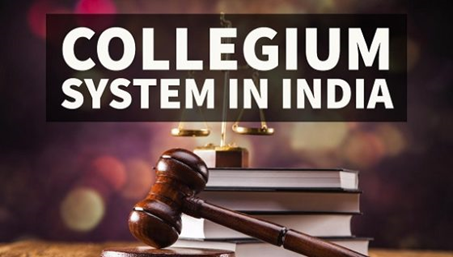




| Article | Scope |
|---|---|
| Article 124 | Deals with the appointment of Supreme Court judges by the President after consultation with such judges as deemed necessary. The Chief Justice of India must be consulted for every appointment except his or her own. |
| Article 217 | Relates to appointment of High Court judges by the President, in consultation with the Chief Justice of India, the Governor of the state, and the Chief Justice of the concerned High Court (for others, not for CJI). |